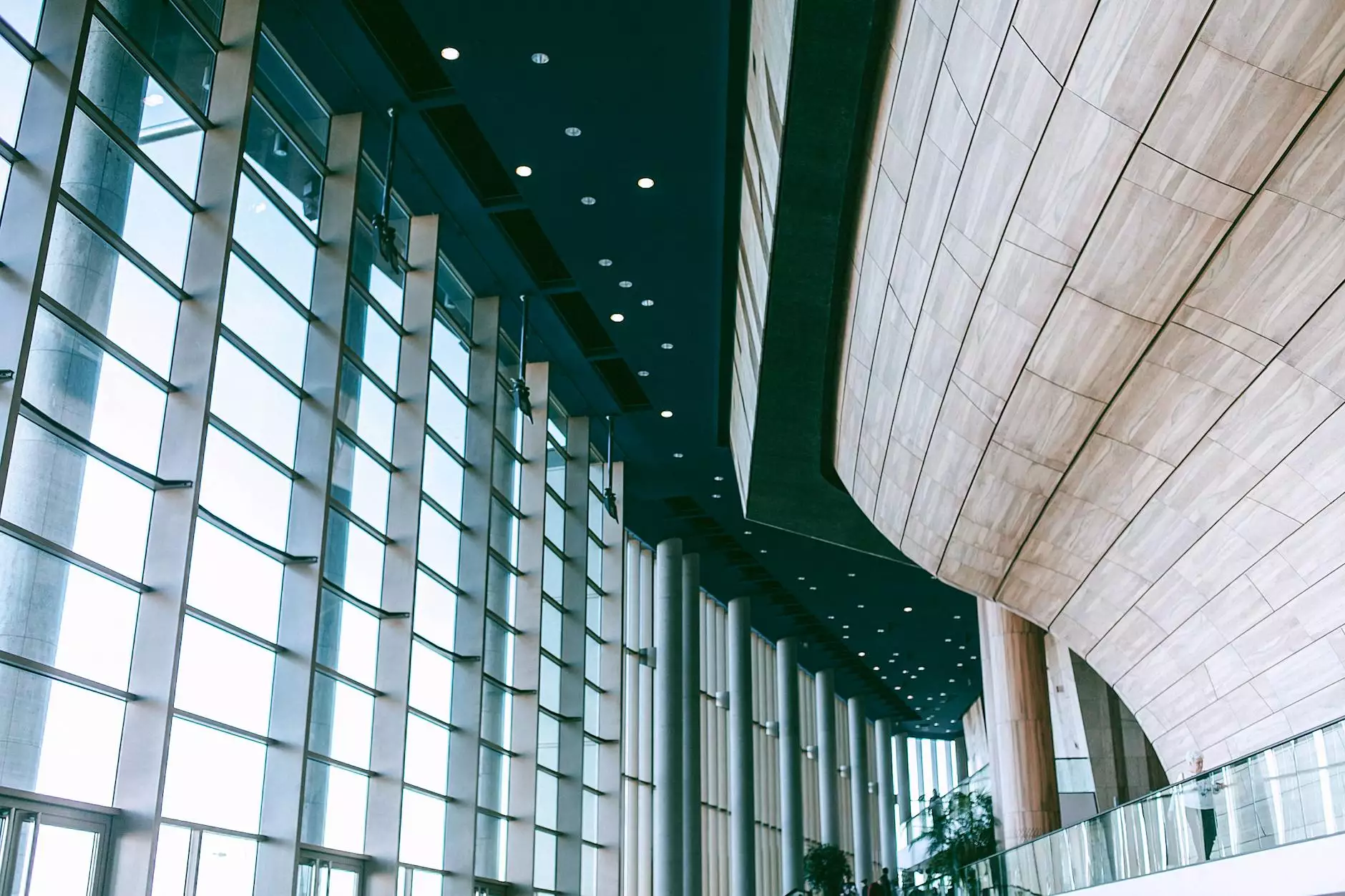The Environmental Impact of Artificial Turf: A Comprehensive Analysis

Introduction
Artificial turf has gained significant popularity in recent years as a low-maintenance alternative to natural grass for sporting fields, playgrounds, and residential lawns. While it offers numerous benefits, it is crucial to consider its environmental impact to make informed decisions regarding its usage. In this comprehensive analysis, we delve into the key factors that contribute to the environmental consequences of artificial turf.
The Positive Aspects of Artificial Turf
Before addressing the environmental concerns, it is important to acknowledge the positive aspects of artificial turf. These include:
- Durability: Artificial turf is highly resistant to wear and tear, making it ideal for high-traffic areas such as sports fields and playgrounds. Its longevity reduces the need for frequent replacement, thus saving resources in the long run.
- Water Conservation: One of the significant advantages of artificial turf is its minimal water requirements. Unlike natural grass, which demands regular watering, synthetic grass eliminates the need for irrigation. This not only reduces water consumption but also helps combat drought conditions in dry regions.
- Low Maintenance: Unlike natural grass that requires mowing, fertilizing, and pest control, artificial turf is virtually maintenance-free. This reduces the use of harmful chemicals and eliminates emissions from conventional lawnmowers.
- Year-round Usability: Unlike natural grass that goes dormant in certain seasons, artificial turf retains its lush green appearance throughout the year. This makes it an attractive option for creating visually appealing landscapes regardless of the weather.
The Environmental Concerns
While artificial turf offers several benefits, it is imperative to understand and address the environmental concerns associated with its production, usage, and disposal. These concerns are:
- Resource Intensive Production: The production of artificial turf involves the use of significant amounts of energy, water, and raw materials. The manufacturing process may contribute to greenhouse gas emissions and water pollution if not managed responsibly.
- Non-Biodegradable: Most artificial turf materials are non-biodegradable, meaning they do not break down naturally over time. When disposed of in landfills, they can occupy valuable space and contribute to the overall waste problem.
- Heat Island Effect: Synthetic grass tends to absorb heat, leading to the formation of urban heat islands. These areas experience higher temperatures, negatively impacting human health and increasing energy consumption for cooling.
- Infill Materials: Many artificial turf systems require infill materials, such as rubber or sand, for stability and cushioning. The use of certain infill materials, particularly crumb rubber made from recycled tires, has raised concerns about potential health and environmental risks. Comprehensive research is ongoing to evaluate these risks and identify safer alternatives.
Sustainable Solutions
Recognizing the environmental concerns associated with artificial turf, there is a growing focus on developing sustainable solutions within the industry. These include:
- Eco-friendly Materials: Some manufacturers are shifting toward using eco-friendly materials in the production of artificial turf. This includes utilizing recycled materials, plant-based components, and biodegradable infill options.
- Energy-Efficient Manufacturing: Implementing energy-efficient practices throughout the manufacturing process can significantly reduce the environmental impact of artificial turf. This includes utilizing renewable energy sources and optimizing production techniques.
- Proper Waste Management: Strategies to tackle the disposal of synthetic turf materials are being developed. This includes exploring recycling options and encouraging responsible disposal practices to minimize the negative impact on landfills.
- Research & Development: Continuous research and development aim to identify and enhance eco-friendly characteristics of artificial turf. This includes testing alternative infill materials, improving water drainage systems, and addressing other environmental concerns associated with its usage.
Conclusion
Artificial turf provides a range of benefits, including water conservation, low maintenance, and year-round usability. However, it is crucial to consider its environmental impact when making decisions regarding its usage. By understanding the concerns related to its production, usage, and disposal, we can work towards implementing sustainable solutions within the artificial turf industry.
At Best Artificial Grass Deals, we are committed to providing high-quality artificial turf options that balance the benefits and environmental considerations. Explore our extensive selection of synthetic grass for your home and garden, outdoor gear, and more. Make informed choices and contribute to a sustainable future. Find the best deals on artificial turf at BestArtificialGrassDeals.com!









